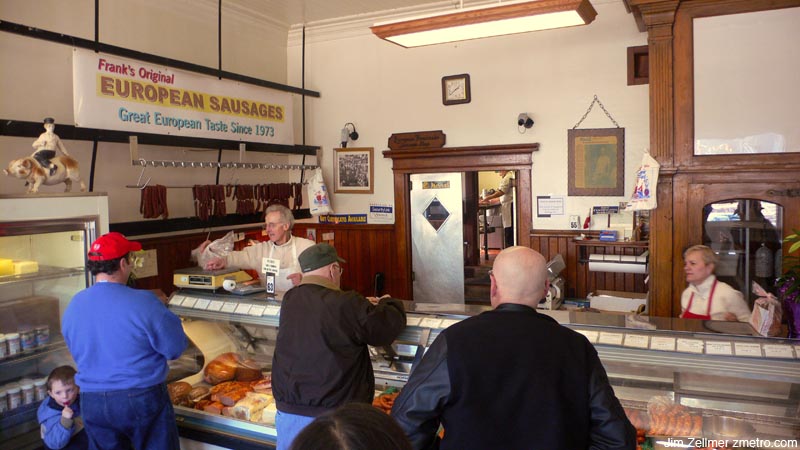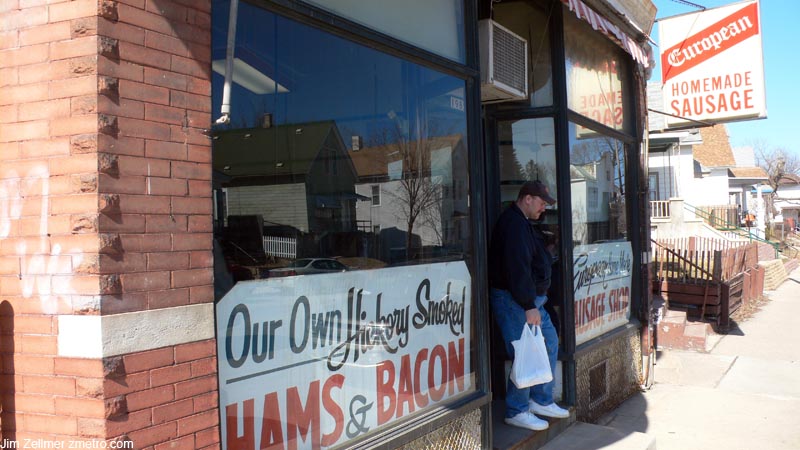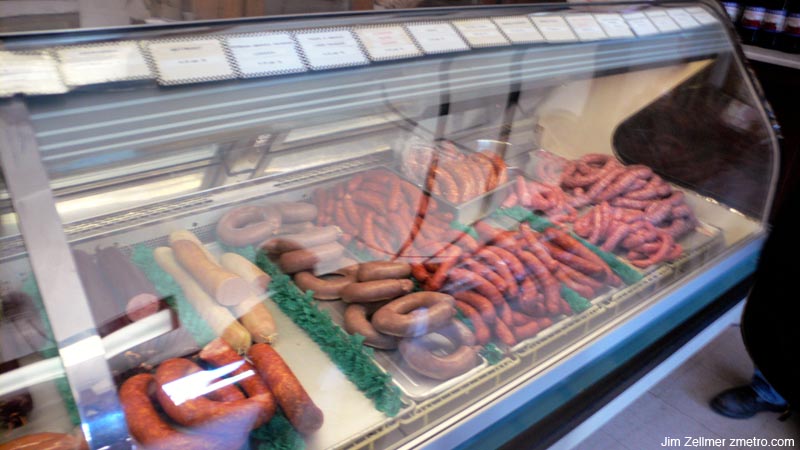I received an email from Senator Kohl’s office regarding my recent Farm Bill Vote (he voted for it) correspondence:
Dear Mr. Zellmer:
Thank you for sharing your thoughts with me about the 2008 Farm Bill. I appreciate hearing from you and apologize for the delay in my response.
As you know, Congress recently overrode President Bush’s veto of the 2008 Farm Bill and I supported that effort. Though it may not be perfect, I believe this farm bill puts our rural communities first and provides the means to enhance the quality of life for people in Wisconsin and throughout the nation. It
provides substantial improvements to federal nutrition programs, increased commitment to conservation, and a significant investment in renewable energy.
I was particularly pleased that the bill continues the national dairy assistance program I helped create in the 2002 Farm Bill. The Milk Income Loss Contract (MILC) program is a way to provide dairy farmers support when prices plummet. And when prices are strong, the program goes dormant. The Farm Bill extends the MILC program through fiscal year 2012, increases the quantity of per-farm eligible milk to more accurately reflect trends in the dairy industry, and restores the original 45% payment rate beginning in 2009. Moreover, it includes a ‘feed cost adjuster’ which acknowledges the tremendous challenges many dairy producers face because of high feed prices.
The Farm Bill will also help millions of low-income Americans who struggle to put food on the table each day. It includes nearly $7.8 billion for improvements to the Supplemental Nutrition Assistance Program (SNAP), formerly the Food Stamp Program, and $1.26 billion for The Emergency Food Assistance Program (TEFAP), which helps supply food banks. The SNAP will see a number of important reforms that include an increase in the minimum benefit (which had not been updated for 30 years) and changes to encourage retirement and education savings among program participants.



